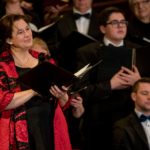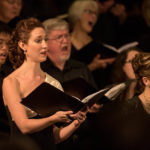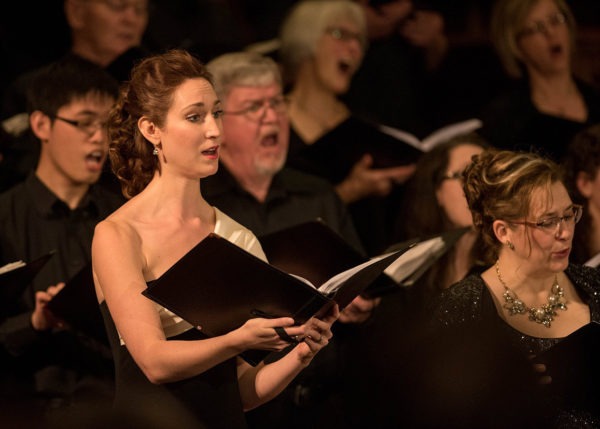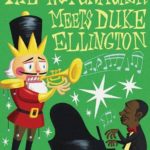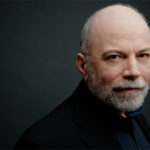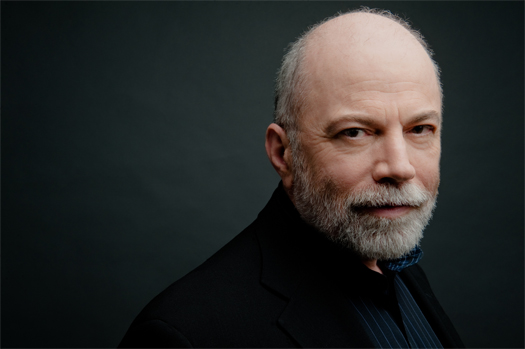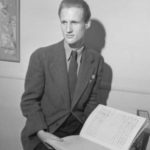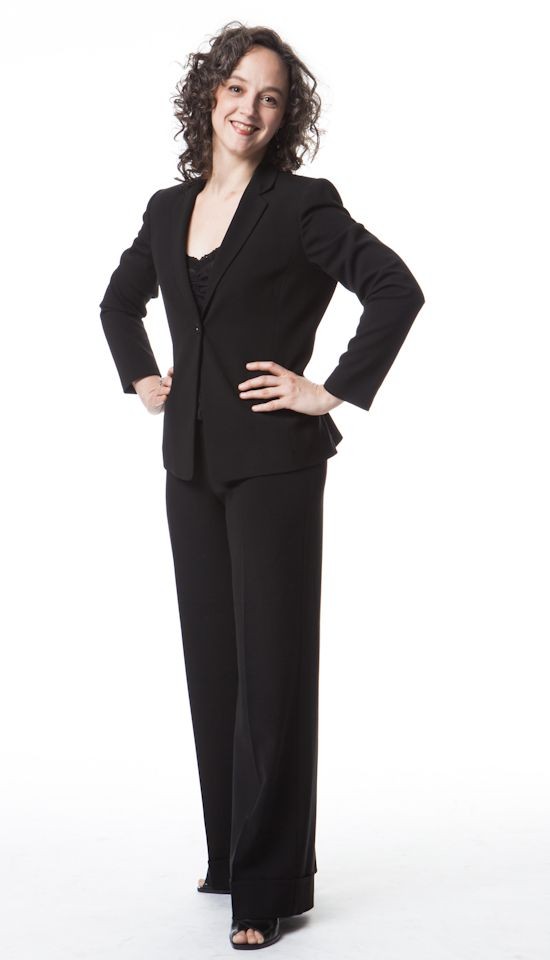Mezzo soprano Lisa Hornung is likely the SSO’s most featured artist – a regular on our stage for 30 seasons! 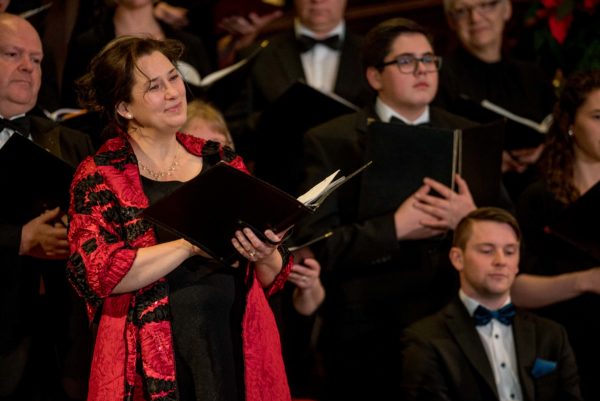
Aside from her wonderful text-driven oratorio performances, Lisa is a renowned teacher and hosts a vocal school each summer in her hometown, North Battleford. Summer School for the Solo Voice recently celebrated its 20th season.
She returns for our performance of Handel’s Messiah – so we grabbed some of her time to ask her a few questions!
How did you discover you wanted to be a singer?
I always sang. Sing songs in my family were a regular occurrence. Both sides of my family, grandparents and parents, aunts and uncles, were always singing, humming, playing music. It wasn’t until I was 12 and my aunt told me to take lessons (which I was initially devastated by thinking she meant I was horrid) that I even realized singing lessons was ‘a thing’
What draws you to Handel’s Messiah?
It is my favorite work. I love the text, the incredible variety in style, tempi, texture and mood. It isn’t a work you have to ‘come to appreciate or acquire a taste for’. It is immediately accessible and thrilling to the ear, mind and soul.
What’s your favourite part of Messiah? (your own part, and a part you don’t get to sing!)
When the choir is hot and spot on- makes me smile, and sometimes giggle, whether I want to or not. The choral arts, the collaboration, is magnificent. My own part- the return to the A section in He was despised. I love how settled and warm the orchestra always is and the pathos of ornamentation the second time ‘round.
When was the first time you saw Messiah?
Hmmm, as I think about it, I have not seen a Messiah I was not singing in. The first time I heard and learned the music was in university in Greystone Singers….as a soprano! :). Since them I have sung in a Messiah as alto soloist somewhere every season that I was not sick or singing something else.
What do you find most challenging about singing Handel’s music?
Keeping my nerves, worry and ego at bay to let the full intent and expression of the text shine. The music is difficult and technically very demanding so it is easy to get caught up worrying about what people will think about me instead of how Handel will make them think.
Who were your biggest musical influences?
Bernadette Fanner, Christa Ludwig, Richard Best.
What is the best piece of advice you’ve received in your career?
Don’t go out there to see if you can sing, go out there because you can sing, then, sing to express, not to impress – Richard Best
Do you get nervous before your performances?
Oh Lord, yes :). I remind myself this is not about me but about honoring the composer and serving the audience. Then putting on make-up, a gown and baubles is a big help as I am almost always in jeans, plaid and a ponytail. It’s like stepping into a braver person’s skin for awhile.
How do you prepare for a performance with an orchestra?
Learning and being at home with the orchestral part is important for me. Trying to understand how the composer used the instrumentation, tempi, and orchestration to uplift the text. I spend a great deal of time securing rhythm and tempo so flexibility is an easy option depending the conductor’s ideas. Once I have learned a work I listen to several different recordings of it to hear others’ ideas and interpretations.
Do you have special warm ups that you always use before performing?
No. Kind of depends on the day, how I am feeling and what I feel like singing. Often I make stuff up and mess around with new warm up ideas on performance days.
How would you convince someone to come to Messiah for the first time?
If you hate it I will give you the price of your ticket :). I am that confident in this incredible work. There is such an astonishing variety of mood, voicing, style, story, text- truly something for everyone. And honestly, it’s Handel, what’s not to love?
See and hear SSO favorite Lisa Hornung in our upcoming performances of Handel’s Messiah, December 15th and 16th.
